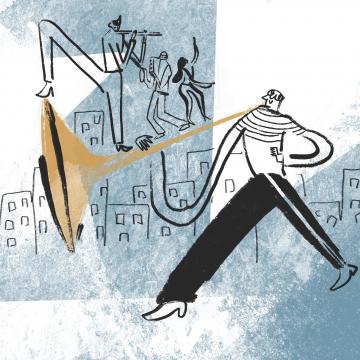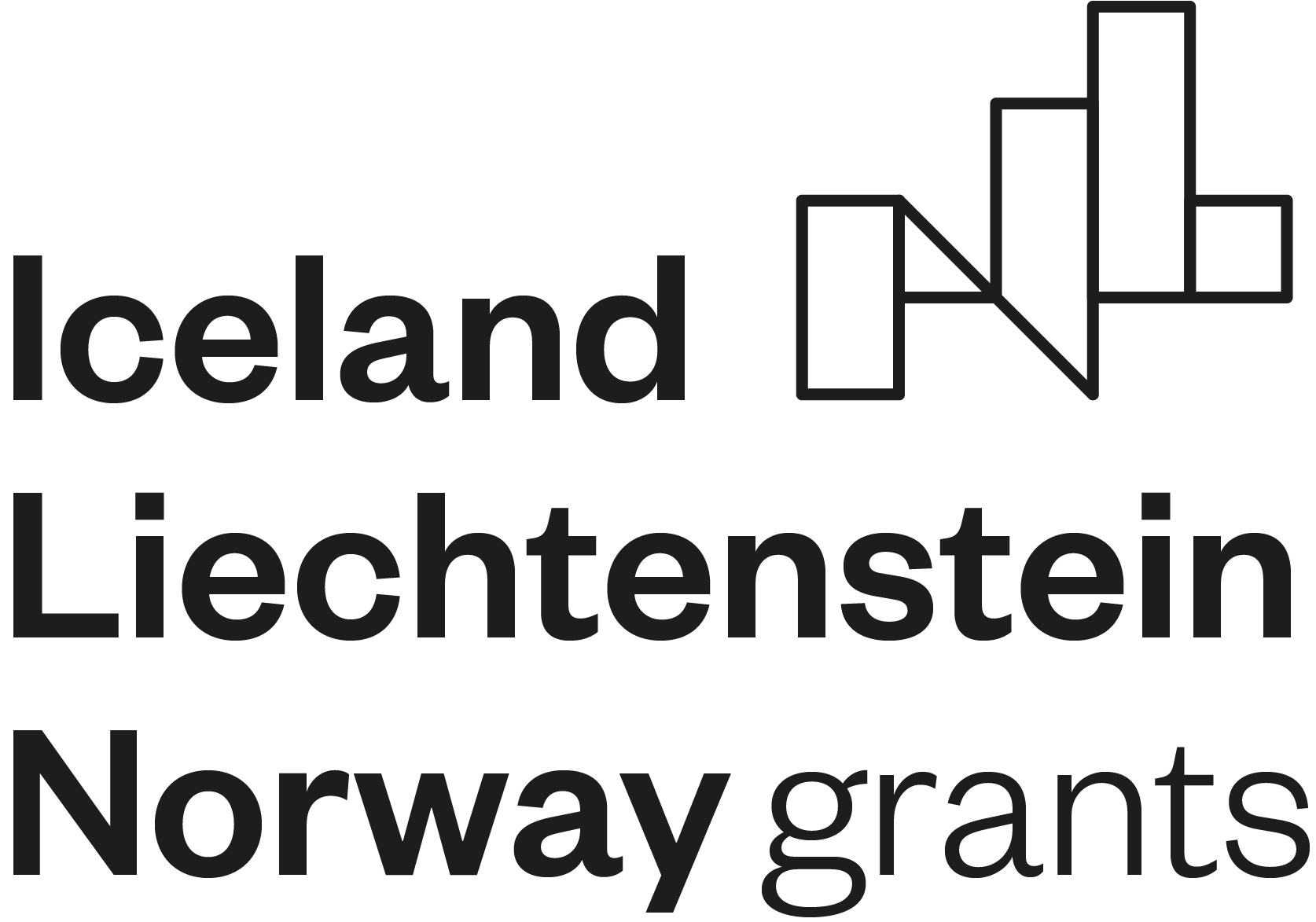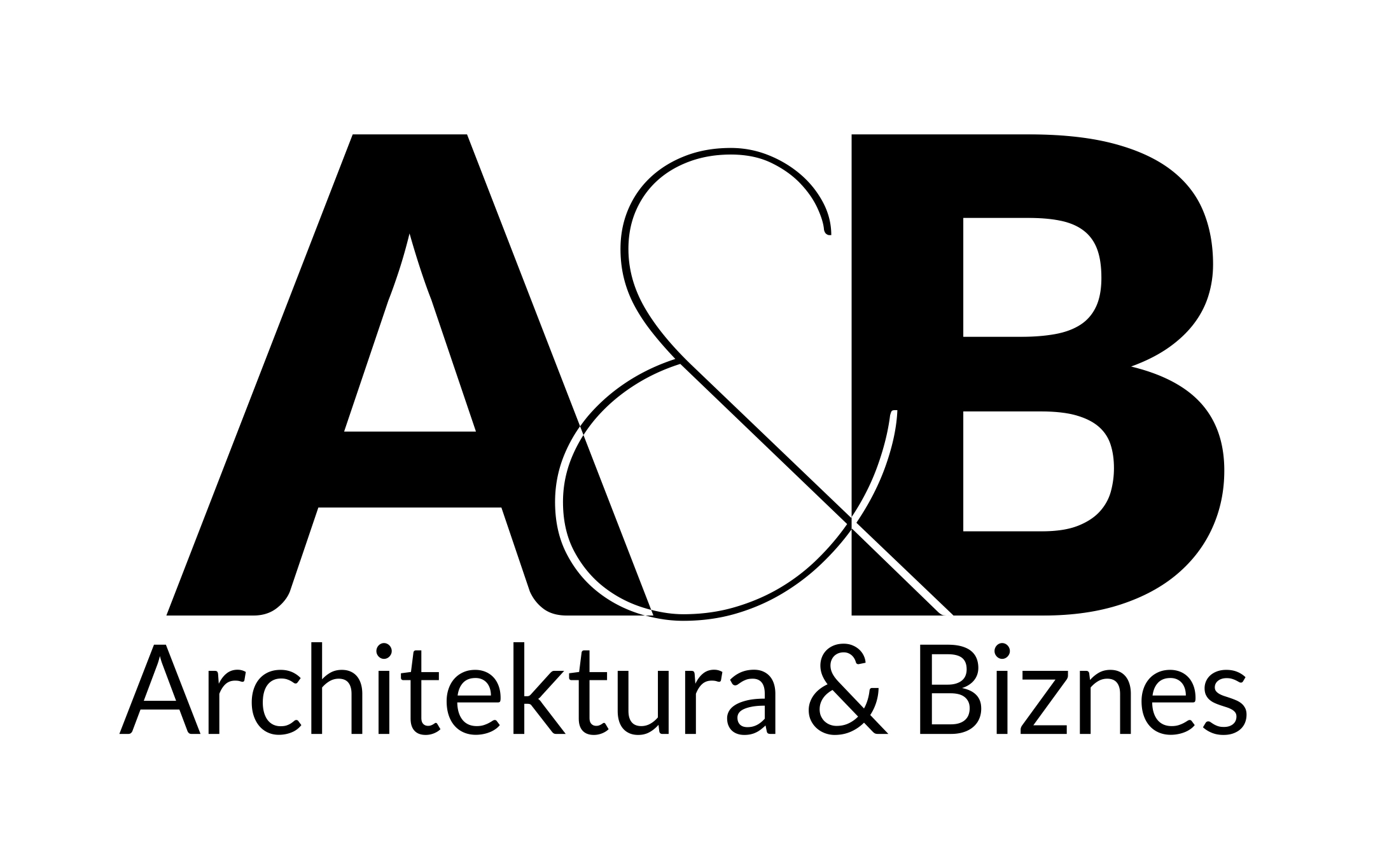
The cities of music
How can citizens establish the city of the future by developing musical culture in their city?
AT THE BEGINNING THERE IS SOUND
A gust, a tremble, a creaking sound... the sound wave travels through the air, allowing us to hear the world. However, what does it even mean to hear? Tomasz Dziedzic provided a great explanation during his speech at TEDxAGH University; "it's complicated, but everyone hears something different, perceives it differently. Each of us receives blocks of information that our brain interprets individually. Hearing is a fascinating sense - it is the first to receive information and transmit it to the brain. It instantly allows us to find ourselves and perceive the reality that surrounds us.” Tomasz emphasizes that the sound is always there. Even if it exists on frequencies inaudible to us, it subliminally conveys information that affects our emotional state and choices.
THE CITY AS A SONIC ORGANISM
Music gives rhythm to the environment where we function. It impacts our culture, attracts tourists and has a key place in creating the economy of many cities. Moreover, it encourages listeners to take action, and even improves their health and well-being. This composition of sounds, full of always-changing tones surround us in: social media, movies or cultural institutions. It arises naturally at home, on the street, on a construction site or while taking a shower. It accompanies us while we travel, on public transport, e.g. at subway stations; in Brussels, a well-composed playlist brimnes from the loudspeakers 24/7 and makes waiting for the train more pleasurable. In the parks, e.g. in the Royal Gardens in Warsaw, its sound invites everyone to attend open-air concerts. In museums, music tells stories of composers of various genres; it takes place in the Mozart Museum in Vienna, Rock and Roll Hall of Fame Museum in Ohio or ABBA the Museum in Stockholm.
In Bali, Java and Sumatra one can witness the march of the Gamelan Orchestra.
Music is like a huge stream that pours into the streets and invites everyone to join in the fun, attracting lovers of dance and entertainment. Some regions are famous for their inhabitants who choose to relax in the dancing streets.
It would seem that the bigger the city, the more overwhelming the hustle and bustle. However, wherever we go, we discover sounds that (connected by silence) create a unique symphony. Space for the sound exploration of the city was already noticed in 1913 by Luigi Russolo, who in the Futurist Manifesto described the city as a source of inspiration. He also pointed to new technologies as a possible reference point for art. What is it like today? 100 years later, are we already at an advanced level of exploring this plane? Can we do it skillfully?
CITIES OF MUSIC
Cities which are aware and open to new things give space to both music creators and its recipients. Creating a "city of music" means connecting the music sector with the entire urban system and treating it as a common branch of industry. The report The Mastering of a Music City, published in 2015, underlines the importance of acknowledging the views of artists, culture managers and its participants in creating city policies. Creating a special post of Music Advisor in the sphere of public policy was advised. The representative would be responsible for analyzing the needs of local communities and building the music industry at the level of local governments.
It is worth mentioning that UNESCO engaged in the debate on the cities of music, which since 2004 is run and developed by the Network of Creative Cities. These cities recognized the prosperity of culture and creative fields (including music) as a key factor of development. Currently, Poland has a proud representative in this group: the city of Katowice. The Silesian metropolis is a hub of developing i.a. alternative and electronic music. Once an industrial city, Katowice now changes its vector and becomes a musical agglomeration. After several years of meticulous realization of short- and long-term goals, the city can proudly show-off the results of the investments: recording studios, record labels, clubs, music stores and concert halls. "Symphony" - the concert hall of the Karol Szymanowski Academy of Music - deserves special attention. Constructed in 2016, it is not only a musical, but also an architectural gem.
Moreover, the no-longer-used buildings and industrial burrens of the former coal mine KWK "Katowice" were transformed into the headquarters of the Polish National Radio Symphony Orchestra (NOSPR), which attracts enthusiasts of good sounds. Interestingly, this great center for music has a restaurant, very much worthy of visiting: ALTO restaurant in the NOSPR building. It has a great lunch menu that combines exquisiteness with accessibility; apart from a-la-carte courses, on weekdays they offer a three-course lunch menu from 37 PLN. The editorial staff tried it and highly recommends it.
Inspired by London's Roundhouse, Katowice has created an underground City of Gardens - a music hub , where up-and-coming talents and experienced artists can:
- Receive institutional support and help in finding project partners
- Use the rehearsal space
- Develop skills during industry meetings and workshops
- Acquire grants to finance their activities
It is worth mentioning that Katowice is a metropolis with rich traditions of amateur music movement. If the current strategy brings results, the city will be able to claim not only revitalization, but even renaissance.
THE CITY OF BUSKERS
Speaking of amateur groups, informal music groups which give their performances on the streets all around the world must be brought up. Buskers give life to public spaces and attract tourists’ attention. Cities’ authorities include their performances in the cultural policy more and more frequently. However, such actions need effective management. The practice of auditions, where one has to pass through selections to be allowed to play on the streets, is becoming popular; it is already implemented in i.a. Singapore and Cracow’s Old Town. However, the benefits are worth it; the authorities offer support in the promotion of musicians and their manager, thus fulfilling parts of the social and cultural policy. In other cities, to become a busker one needs to obtain a free or paid license for a given period of time (year, month, day). Yet another regulation managing buskers’ activities, supervised by Gdansk’s Roads and Greenery Management, is a document listing the rules of performing in public spaces, e.g. changing the venue every hour or the permissible number of musicians on one street.
Every city has their own regulation concerning busking, so those wanting to play in public spaces must be familiar with these rules. However, not in virtual space that is no longer the case! With the development of technology, many apps have been created that map street artists from every corner of the world. The Busking Project is a map that unites 11,000 street artists (musicians, performers and other creators) from 3,197 countries around the world. Thanks to this tool, interested people can find the artists’ profile and get to know them, tip, or even establish cooperation. It's a space that helps discover talents! Another platform is StreetMusicMap, which works with Google Maps and Spotify. On Instagram, one can tag an artist with the hashtag #streetmusicmap and send a message about them to the world.
LARGE-SCALE FESTIVALS
A huge festival is almost synonymous with a lot of tourists. The more visitors, the greater need for the accommodation, catering and services, and therefore the number jobs for citizens increase. As new ventures such as restaurants or hotels come to life, old tenement houses are renovated. Festivals are often organized in old spaces awaiting renovation (Gdansk’s Soundrive, Cracow Live Festival) or in green areas (Vibrations festival). The organizers create closed festival towns, which makes cooperation with local companies as crucial as partnerships with local governments. The latter can include the festival in the city's promotion strategy by creating a long-term public-private partnership. These are some of the reasons why Open'er Festival and Orange Warsaw Festival are so popular and create a great showcase of the city.
From a sociological point of view, festivals are not just about music. It is an opportunity for a common empirical experience, establishing new relations and ... rest. A lively city doesn't have to be loud, but it should manage how it sounds 24 hours a day, 7 days a week.
LIKEABLE NIGHTLIFE
The club, bars and dance houses invite one every evening, however, the music in these establishments is loud. Just like in the case of buskers, each city tries to cope with the volume in its own way. In Warsaw, in 2014, in cooperation with club owners and representatives of residents, the "Code of Good Practices" was created. By signing the document, the owners of the premises obliged to monitor the noise level and, if exceeded, to react immediately. The Code is not a system solution, but it has encouraged residents to build a participatory society, taking their own initiatives. Some examples are coalition "Quiet, please!" from Warsaw, who publish reports on the level of night noise in cities, a group cleaning the so-called "Stairs" in Warsaw, or common establishment of "Code of the Vistula district". In Sopot, on the other hand, the city was divided into zones. In the coastal belt, it is forbidden to conduct entertainment activities between 22-6. In the center of Bohaterów Monte Cassino Street (commonly known as Mąciak), installing loudspeakers outside of the venue is banned. Moreover, the minimal age of entry to the clubs has been increased - from 18 to now 21 years of age. This action was undertaken due to security reasons, as according to police statistics, most crimes occur between 3 and 5 AM; the clubs are blamed for this.
Amsterdam’s city council created the post of the Night Mayor to take care of its citizens. What stands behind this enigmatic title? The Night Mayor tries to build a dialogue, connects environments and meets the creators of nightlife. Currently Mirka Milan occupies this post. In the City Magazine he talks about the project of 24 licenses: “The idea came from observation. We treat the same problems that arise at night or during the day differently. If there are any crimes at night, the reaction of the city officials and the police is always the same: we close the nightclubs. We looked at this phenomenon together and proposed that nightclubs use 24-hour licenses. 35 volunteers showed up. Each of them had to present a program showing how their offer will enrich the cultural offer of the city” (...) “. One of the clubs has been transformed into a restaurant open both at night and in the morning, another makes their venue available as a playground for children during daytime. Everything really depends on the ingenuity of the owners. We want to improve the quality of the musical and cultural offerings in these places and reduce the level of night crime.”
How does Poland react to such a movement? The positive change can be seen in the development of the "Plac Defilad" project, which, initiated by the owners of Bar Studio, activates residents to have fun together on the Main Square of Plac Defilad in Warsaw. On spring and summer evenings, the space between the Studio Theater and the Dramatic Theater turns into a meeting place with good music and art endeavors. Hence, the originators of the project gave a new meaning to empty and undeveloped space. It has become a meeting place at a wooden table, and meanwhile builds an alliance with the city and cultural institutions.
ART SEEKS TO BE HEARD
We can't afford for life in the city to become unbearable. Although active noise control (ANC) headphones allow one to deafen the roar of cars standing in a traffic jam, plugging our ears won't solve the problems. However, if we develop a dialogue between institutions and residents, between local and national governments, we can create a pleasant space that we have never dared to dream of - full of music and culture. The key to success is listening and recognizing the needs of a consolidated environment. May the future sound so beautifully that we will want to hear about it.











